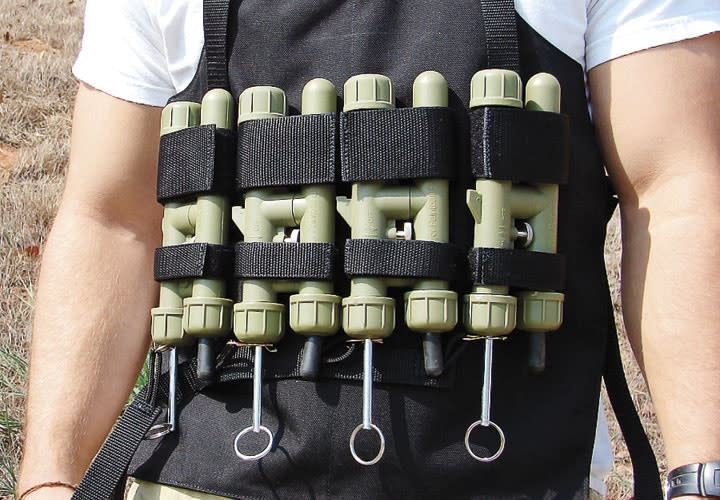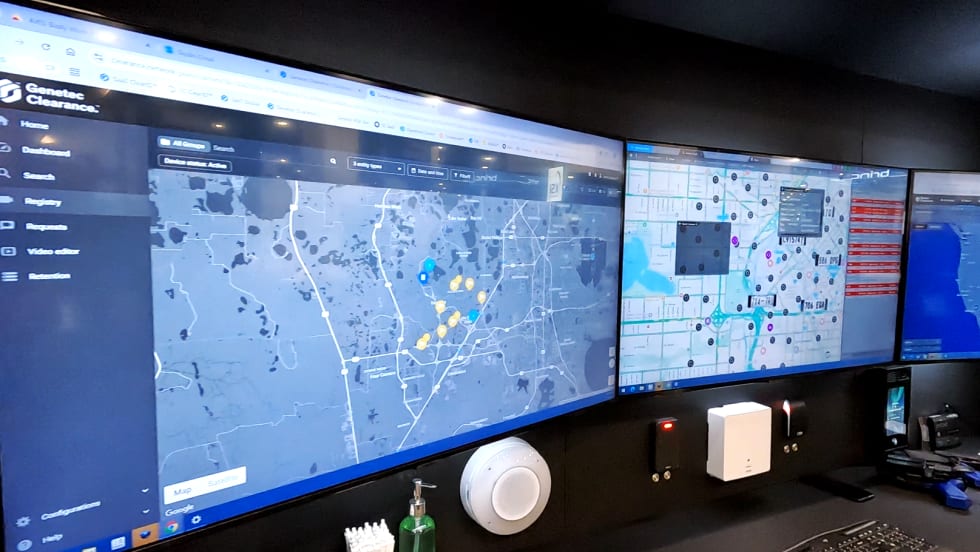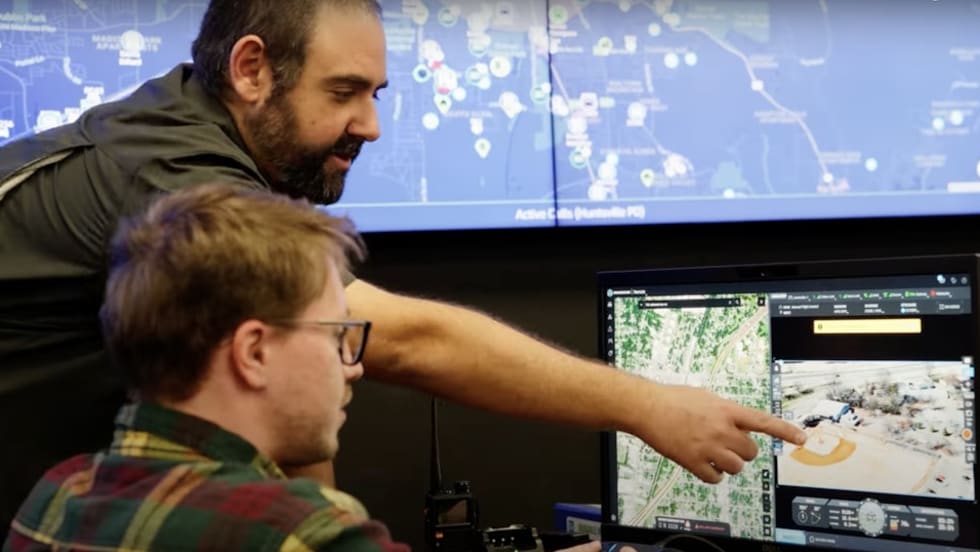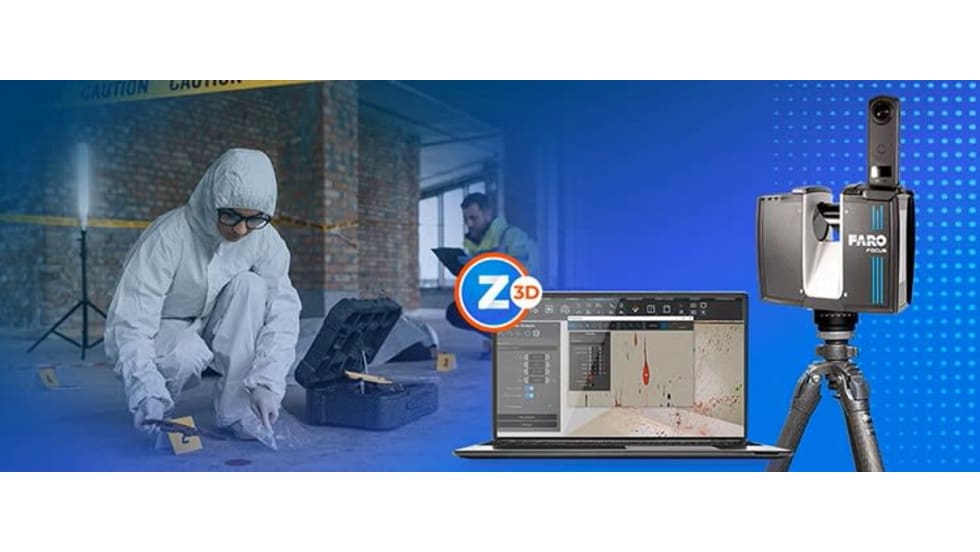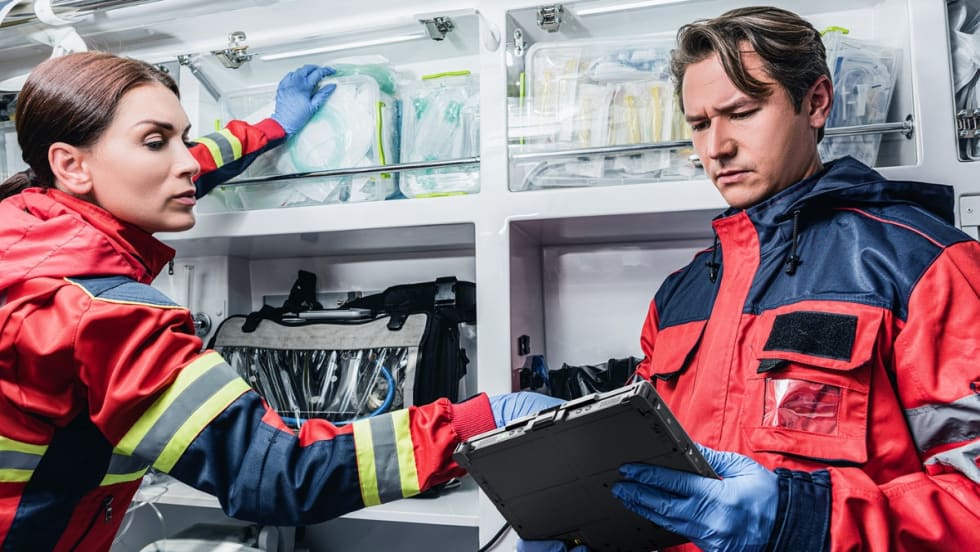The conventional way that most police agencies train officers, including bomb techs, to respond to a suspicious package involves using a loud buzzer to simulate an untimely detonation. On a scale of one to ten that rates a negative two. But what else can they do? They can't use real explosives and actually blow up the trainees.
Cyalume , maker of a wide variety of chemiluminescent tools such as light sticks, believes it has the answer to this bomb training dilemma. The company's new line of eight police explosive training simulators uses compressed air and a special chemical powder to create non-pyrotechnic bomb effects. The technology was developed for use by the military by Combat Training Solutions (CTS). Cyalume Technologies acquired CTS at the end of last year and the company was renamed Cyalume Tactical and Training Solutions.



